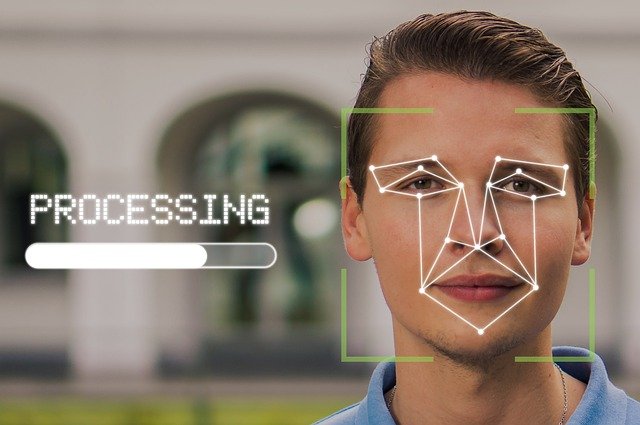Exploring the Impact of Face Recognition in Everyday Life

Face recognition technology has swiftly integrated into our daily lives, reshaping how we interact with the world around us and revolutionizing various aspects of everyday life. This transformative technology, powered by sophisticated algorithms and biometric analysis, offers a myriad of applications across different sectors, fundamentally altering the way we authenticate identities, access services, and engage with technology.
One of the most noticeable impacts of ID verification in everyday life is its integration into consumer devices, particularly smartphones. The ability to unlock devices, authorize transactions, and access personalized content simply by scanning one’s face has become commonplace. This seamless authentication process not only enhances convenience but also strengthens security, mitigating the risk of unauthorized access to personal information and sensitive data.
Moreover, face recognition has become increasingly prevalent in surveillance and security systems, both in public spaces and private establishments. From airports and train stations to banks and office buildings, facial recognition technology is utilized for access control, crowd monitoring, and identifying persons of interest. These systems enhance public safety, deter criminal activities, and enable quick responses to security threats, contributing to a safer and more secure environment for individuals.
In addition to security applications, face recognition is transforming the retail landscape by enabling personalized shopping experiences. Retailers leverage facial recognition to analyze customer demographics, preferences, and behavior, allowing for targeted marketing campaigns and tailored product recommendations. By understanding individual shopping habits and preferences, businesses can enhance customer engagement, increase sales, and foster brand loyalty.
Furthermore, face recognition technology is revolutionizing the healthcare industry, particularly in patient identification and medical record management. Healthcare providers utilize facial biometrics to accurately identify patients, retrieve medical records, and ensure the delivery of personalized care. This streamlines administrative processes, reduces errors, and improves patient outcomes by facilitating seamless access to medical information and treatment histories.
Beyond these applications, face recognition is also making waves in transportation, entertainment, and education sectors. Facial recognition systems streamline passenger boarding processes at airports and train stations, improve access control at events and venues, and enhance campus security in educational institutions. The technology enables frictionless experiences, minimizing wait times, and simplifying routine tasks for individuals.
However, the widespread adoption of face recognition technology also raises significant ethical and privacy concerns. The collection and storage of biometric data raise questions about consent, data protection, and potential misuse. Moreover, the inherent biases present in facial recognition algorithms can lead to inaccuracies and discriminatory outcomes, highlighting the importance of transparency, accountability, and regulatory oversight in its deployment.
In conclusion, face recognition technology has permeated various aspects of everyday life, offering unprecedented convenience, security, and personalized experiences. As this technology continues to evolve, it is essential to address ethical considerations, safeguard individual privacy rights, and ensure responsible deployment to maximize its benefits while minimizing potential risks. By navigating these challenges thoughtfully, we can harness the full potential of face recognition to enrich our daily lives and propel societal progress.






+ There are no comments
Add yours